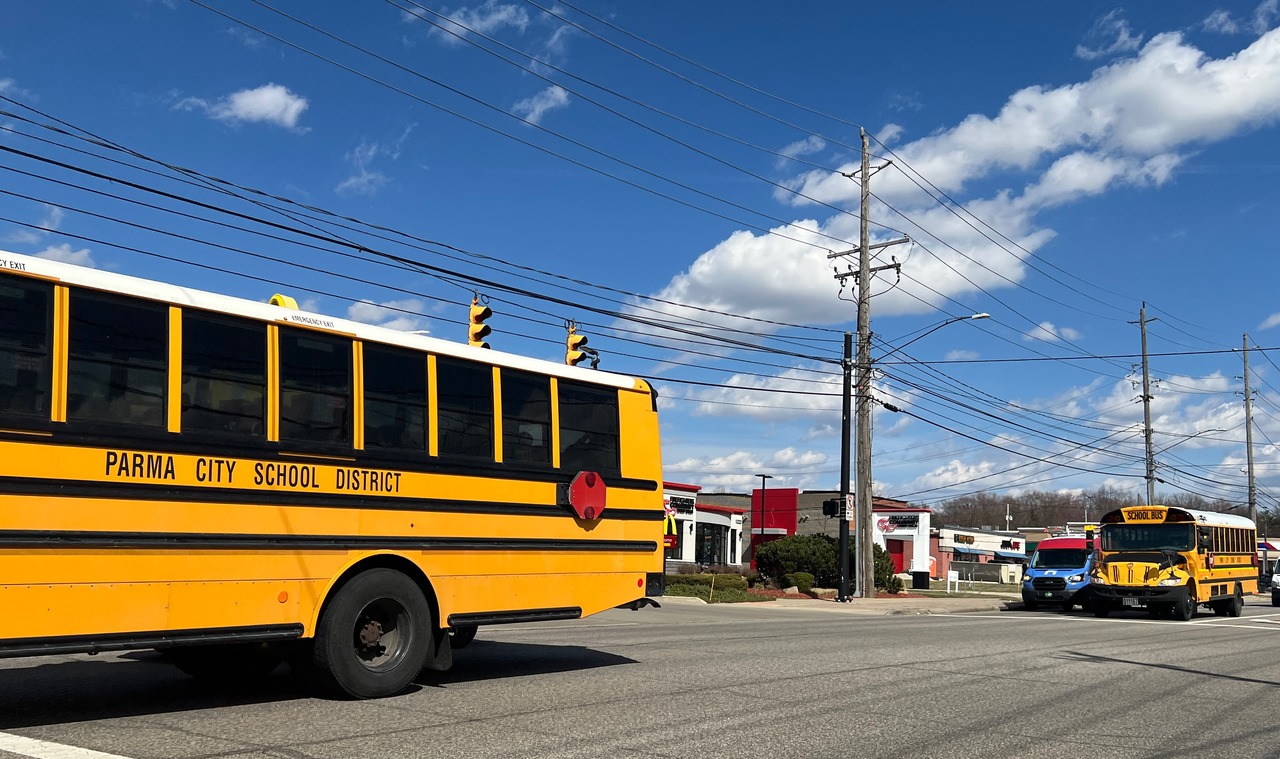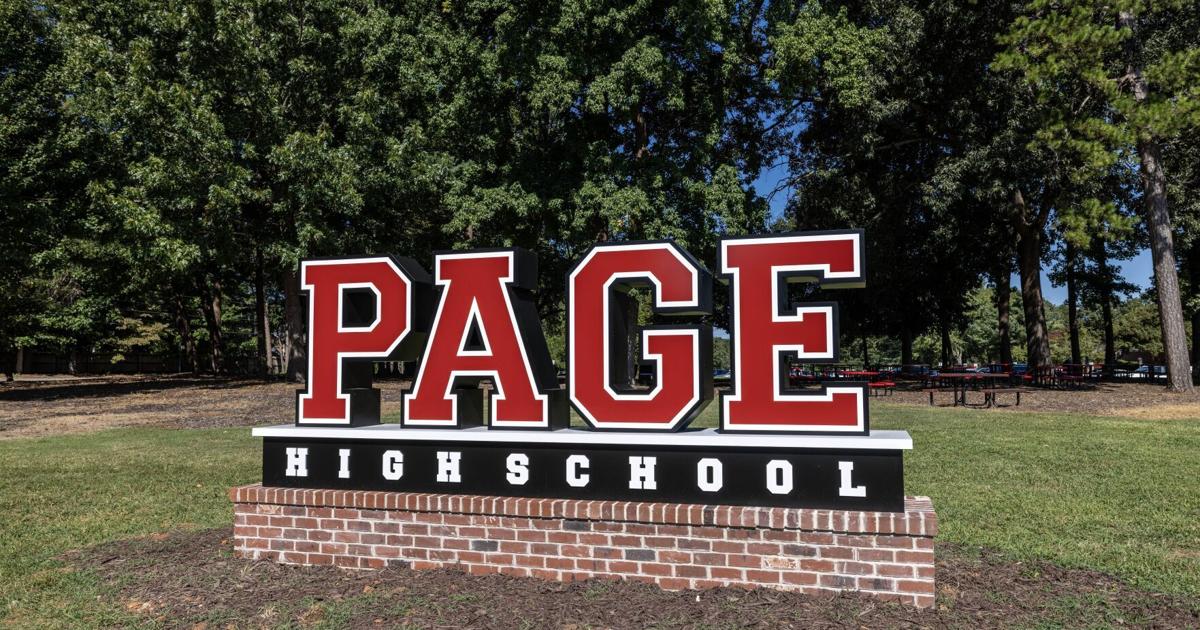
On September 16, 2025, the American Federation of Teachers (AFT) sought class certification and a preliminary injunction—requests for interim relief—following its March 18, 2025, suit in the U.S. District Court for the District of Columbia against the U.S. Department of Education and the Secretary of Education, Linda McMahon, in her official capacity.
The complaint alleges the Department unlawfully shut down or delayed relief under income-driven repayment (IDR) and Public Service Loan Forgiveness (PSLF). As of late August 2025, the Department reported an IDR backlog exceeding one million pending applications. Separately, PSLF Buyback processing remains slow, but those volumes should not be conflated with IDR totals.
The filing arrives as the Department advances rules that could redefine which employers qualify for PSLF—provoking strong pushback from higher education and financial aid groups.
Newsweek contacted the Department of Education for comment via email outside of normal office hours on Friday.
Why It Matters
The case tests whether promised student-loan relief—especially long-awaited IDR and PSLF cancellations—arrives promptly and lawfully. Processing delays risk pushing some IDR discharges past December 31, 2025, when the current federal tax exemption expires; under current law, IDR discharges dated on or after January 1, 2026, are taxable. (PSLF discharges remain tax‑free.)
The litigation also coincides with proposed PSLF rules that would allow the Secretary to deem employers ineligible if their activities involve a “substantial illegal purpose,” drawing opposition from colleges and financial-aid leaders concerned about staffing and due-process safeguards.
What To Know
Background
Created in 2007, PSLF cancels remaining federal student‑loan balances after 120 qualifying monthly payments for eligible public‑service workers. IDR plans cap payments based on income and cancel remaining balances after 20 or 25 years.
While the White House’s stance announced in April—resuming aggressive collections on defaulted federal loans and framing forgiveness as a taxpayer burden—targets a different group than the AFT lawsuit, which focuses on forcing the Department of Education to promptly process statutory relief under IDR and PSLF, they collide in practice: if ED is collecting now while IDR/PSLF decisions lag, borrowers who may qualify for cancellation can face wage garnishment or offsets in the meantime.
That dynamic bolsters AFT’s claim of “irreparable harm,” especially with most IDR discharges becoming taxable if relief slips into 2026. Layered over the SAVE-related injunction that disrupted processing, the administration’s collections push doesn’t undercut AFT’s case—it heightens the urgency for the court to require timely processing.
Case Snapshot
Following an appellate injunction in February 2025, the Department paused IDR application intake around February 26 and reopened the online application on March 26.
AFT filed its suit on March 19, 2025, in the U.S. District Court for the District of Columbia against the U.S. Department of Education and the Secretary of Education, Linda McMahon, and now seeks an order requiring the Department to restore full processing and discharge loans where borrowers have satisfied statutory requirements under IDR and PSLF.
The Department reopened the IDR and consolidation applications on March 26, 2025, states that servicers are processing applications, and confirmed in a July 14 letter to McMahon that it has been filing monthly status reports reflecting the IDR backlog with the court.
As of August 31, 2025, the Department reported 74,510 pending PSLF Buyback requests and 5,600 decisions in August (July: 72,730 pending; 3,280 decided).
These figures pertain to PSLF Buyback, not IDR. As of August 31, 2025, the reported IDR backlog was approximately 1.08 million pending applications.
Tax Implications
Under current federal law, most student‑loan discharges (including IDR) are tax‑free through December 31, 2025; IDR discharges dated January 1, 2026, or later are taxable. PSLF discharges remain tax‑free.
Borrowers nearing IDR forgiveness could face unexpected tax liabilities if processing slips into 2026.
Undermining Two Decades Of Bipartisan Support
NASFAA’s September 17 letter warns that the proposed PSLF rules could undermine nearly two decades of bipartisan support and urges reliance on findings from courts or agencies like the IRS.
Newsweek spoke exclusively with Megan Walter, NASFAA senior policy analyst: “I think the most significant legal risk is granting the Secretary of Education what NASFAA sees as unilateral authority to determine that an employer has a “substantial illegal purpose” without that determination being based on an actual court finding. We would argue that only the judicial system has the authority to declare an activity illegal.
“As written, the proposed rules would allow the Department to make these determinations based on a ‘preponderance of the evidence,’ which undermines the established legal process and could lead to prolonged legal limbo for both borrowers and their employers.”
On how NASFAA believes the Department should revise the proposal to better serve borrowers and institutions, Walter said: “Fundamentally, our position is that the Department should not create a new process for determining employer ineligibility. We believe this function is already served by bodies like the IRS and the court system, whose findings should be the basis for any change in PSLF status.
“We recommend that the Department create a ‘legacy provision’ to allow individuals to continue earning PSLF credit if their employer is deemed ineligible during their employment, protecting borrowers and preventing a ‘mass exodus of public servants’ that could harm communities, particularly in fields like health care and education.
“We also recommend that the Department incorporate detailed due process procedures, similar to those in other established regulations, such as borrower defense to repayment.”
And when asked, she anticipates additional action from NASFAA or coalition partners before the rulemaking process concludes, Walters said: “I don’t expect NASFAA to take additional action beyond submitting our comments in response to the proposed regulations and continuing to express our concerns with the proposed rules.”
What People Are Saying
Megan Walter, NASFAA senior policy analyst, told Newsweek: “Unrelated to NASFAA’s work in this area, there is widespread belief among many organizations, including legal organizations, that the Department is exceeding its legal authority with these proposed rules, creating the expectation of legal challenges.”
Karoline Leavitt, White House press secretary, told reporters in her weekly briefing, April 22, 2025, that the Trump administration will go after those who don’t repay the loans instead of placing the burden on taxpayers: “The government can and will collect defaulted federal student loan debt by withholding money from borrowers, tax refunds, federal pensions and even their wages,” adding “Debt cannot be wiped away it just ends up getting transferred to others. So why should Americans who didn’t go to college, or went to college and responsibly paid back their loans, pay for the student loans of other Americans?”
What Happens Next
Two tracks will shape near-term outcomes: (1) In court, the judge will hear AFT’s preliminary-injunction and class-certification motions on Friday, Oct. 31, 2025, at 10:30 a.m. ET, and then decide whether to grant preliminary relief that could directly affect borrowers seeking IDR cancellation before 2026; and (2) in rulemaking, the Department may finalize, revise, or withdraw its PSLF employer‑eligibility proposal, with potential follow‑on litigation.
Operational capacity—amid reduced staffing and existing queues, including tens of thousands of PSLF Buyback requests—will determine how quickly relief reaches borrowers.



